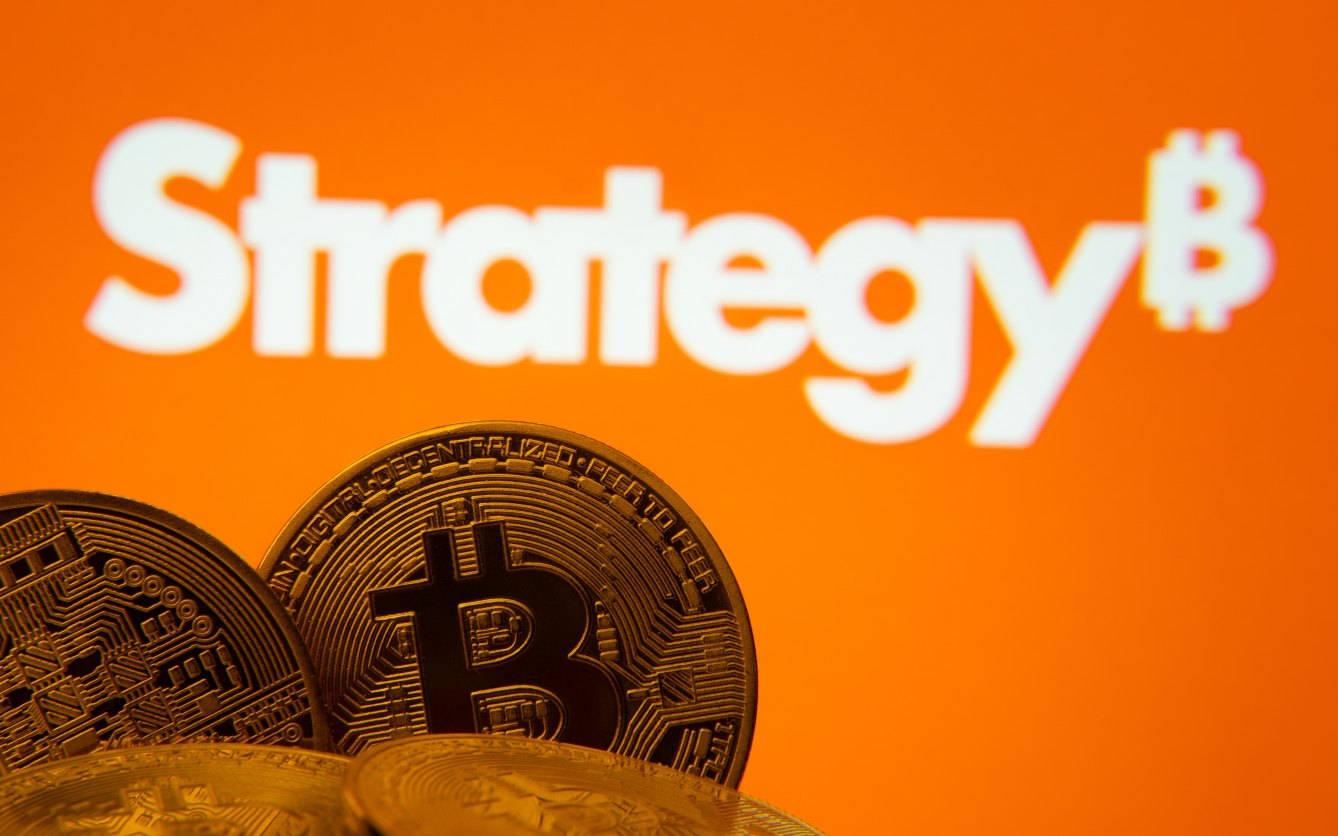TREASURIES-US yields recede as investors prep for Fed outlook at Jackson Hole event

By Gertrude Chavez-Dreyfuss
NEW YORK, Aug 19 (Reuters) - U.S. Treasury yields slipped on Tuesday, after those on most maturities rose for three straight days, as investors braced for a key central bank gathering later this week for a sense of whether the Federal Reserve will resume cutting interest rates next month.
Fed Chair Jerome Powell is due to speak on Friday on the economic outlook at the U.S. central bank's annual symposium in Jackson Hole, Wyoming. Powell had used the conference to take an inflation-fighting stance when it was needed in 2022.
But until then, the bond market is in a holding pattern.
"At this point, everybody's...in a wait-and-see mode as to what might come out at the end of the week," said Jim Barnes, director of fixed income, at Bryn Mawr Trust in Berwyn, Pennsylvania.
"What's interesting is that when we had the drop in yields from the labor market report a couple weeks ago, we have seen some give-back after the inflationary data, mostly with the PPI (producer price index) report from last week, which was much stronger than expected."
In afternoon trading, U.S. two-year yields, which are tied to the Fed's monetary policy, slipped 1.7 basis points (bps) to 3.754%
On the longer end of the curve, the benchmark 10-year yield also fell, down 3.7 bps at 4.302% US10YT=RR.
U.S. 30-year yields slipped as well, down 4 bps at 4.902% US30YT=RR.
For now, many market participants were generally unsure of what Powell's stance will be on Friday with respect to the September policy meeting. The Fed chief has been reticent to make a shift in policy outlook from his current hawkish view, citing uncertainty surrounding the impact of tariffs on inflation.
Victoria Fernandez, chief market strategist at Crossmark Global Investments in Houston, in an emailed comment, said a rate cut doesn't help the labor market and the full employment mandate "if the lack of hiring we are currently experiencing is due to uncertainty over tariffs or labor-saving technologies versus a lack of demand."
Rate easing, she noted, would provide some insurance against further deterioration in the labor market, "but is not necessarily a 'fix' as many believe and could even spur the bond vigilantes to push rates higher." Bond vigilantes refer to investors who punish bad fiscal policy by governments by selling their debt, making it prohibitively expensive for them to borrow.
Barnes of Bryn Mawr Trust, on the other hand, expects Powell to strike a dovish tone in his speech on Friday even though incoming information has confounded his data-dependent strategy by pulling in both directions. Powell's colleagues are split on whether higher inflation or higher unemployment is the bigger risk.
In other parts of the bond market, the yield curve flattened slightly, with the gap between two-year and 10-year yields at 54.6 bps
Treasury yields earlier in the session pared their declines after data showed overall housing starts jumped 5.2% to a rate of 1.428 million units on the back of a second month of double-digit increases in apartment projects.
But despite the bigger-than-expected gain in starts, building permits, a proxy for future home construction, fell 2.8% to a 1.35 million annualized rate, a five-year low amid muted builder sentiment.
"Housing starts jumped for the second straight month, thanks to a surge in condos," wrote Priscilla Thiagamoorthy, senior economist, at BMO Capital Markets. "Even so, we expect residential construction to weigh on economic growth this quarter amid still-elevated interest rates and high material costs."
In the rate futures market, traders have priced an 85% chance the Fed will cut rates in September, according to the CME's FedWatch. That probability was at 94% a week earlier. Rate futures have also factored in about 55 bps of easing this year, compared with more than 60 bps a week ago.







